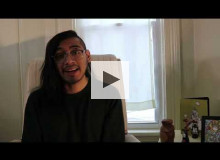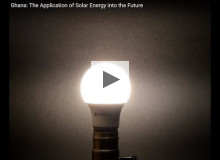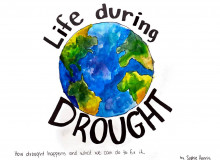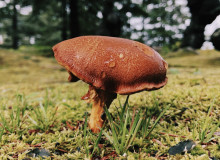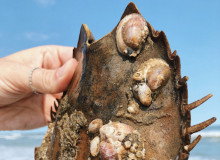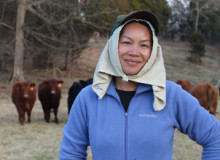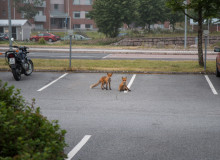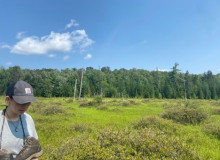Latest
SUNY Environmental Science and Forestry
The children of today live in a world where environmental concepts are incredibly important –– so should sustainability have a space in children's TV? This animator thinks so.
Planet Forward Correspondent | SUNY Environmental Science and Forestry
How is solar energy being implemented in the western African country of Ghana. See what one organization is doing to use solar energy to provide electricity to remote villages, one village at a time.
Columbia University
This illustrated children's book explains how drought happens and what individuals (even kids!) can do to conserve water.
George Washington University
Being quarantined in the suburbs of Burlington provided me a window into the vast network of neighbors I had never thought to look for: mycorrhizal fungi.
.jpg%3Fitok=6iefKbXt)
The COP26 Weymouth Rally and Demonstration on the Global Day of Action for Climate Justice, organized by the COP26 Coalition Dorset Hub (Stephen and Helen Jones/Wikimedia Commons (CC BY-SA 2.0 ))
Planet Forward Correspondent | Eckerd College
Planet Forward Correspondent Kaitlyn Copland sits down with Gregor Sharp, an 18-year-old climate activist, to discuss the power social media has to mobilize individuals for a sociopolitical cause.
Planet Forward Correspondent | George Washington University
Some scientists envision a futuristic device that could use solar energy to convert CO2 pollution into a more useful molecule. A new study from Nature brings us one important step closer.
George Washington University
The coasts offer a window into the function of relational ecology in sustainable development: to address the question of how a community's connection to the ocean impacts the development of aquaculture.
Indiana University
Pathoumma Meusch doesn’t consider herself revolutionary. “I’m just a farmer,” as she says. But the unassuming woman has championed local food in a region dominated by industrial agriculture and redefined what it means to be a Midwestern farmer.
George Washington University
The narrative presented in the media was clear: the COVID-19 lockdowns allowed nature and the environment a temporary reprieve. But how much did lockdown really impact air pollution and greenhouse gas emissions?
SUNY Environmental Science and Forestry
Learning about the environment in the environment is a story I have honor in telling.

